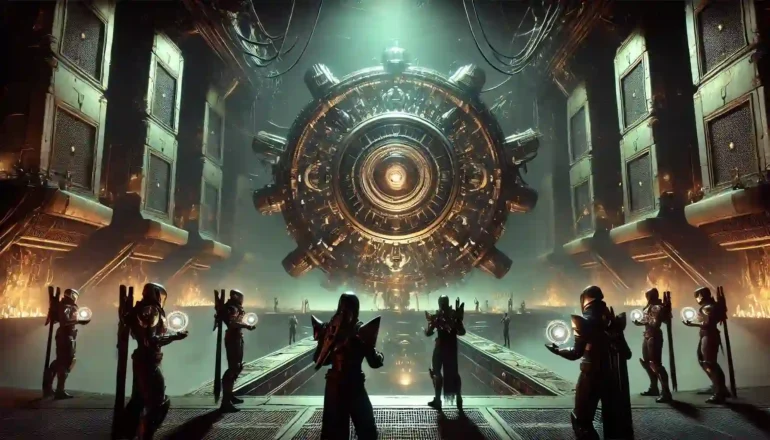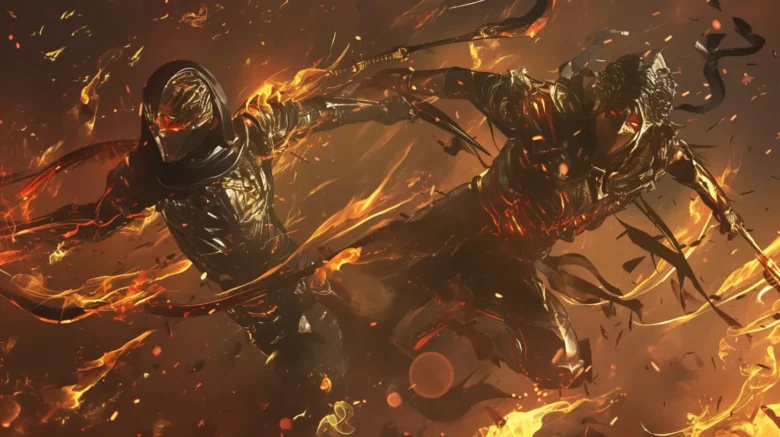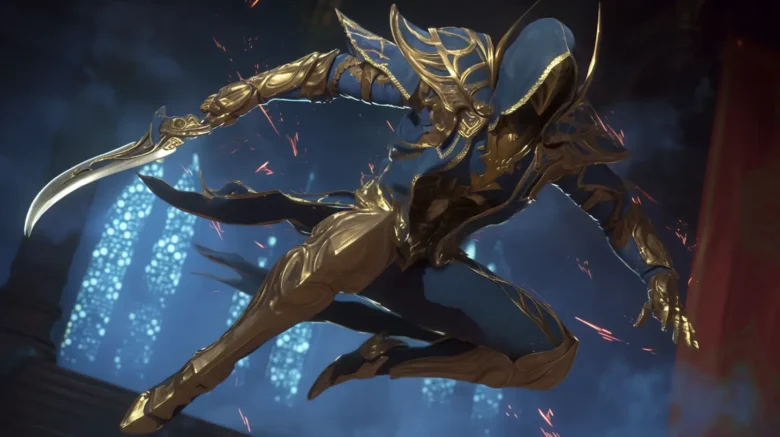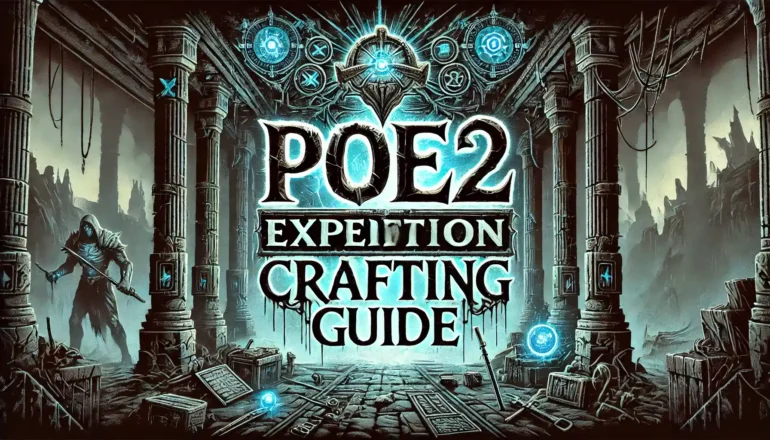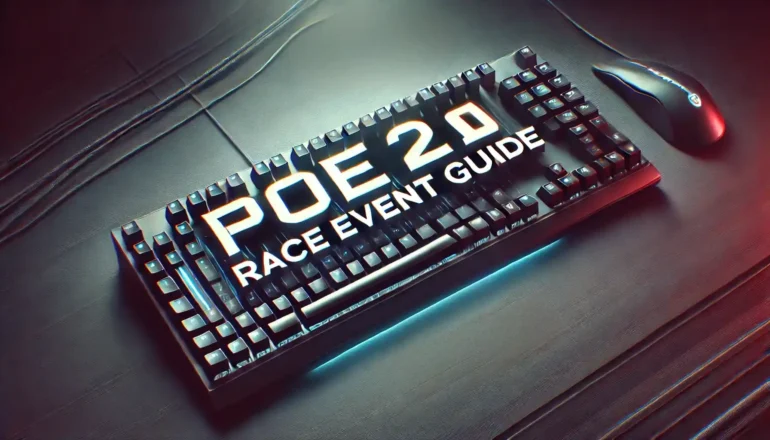The Hunt is On!
Alright Exiles, prepare yourselves! Major patch 0.2.0, carrying the title “Dawn of the Hunt,” is poised to be a significant update for Path of Exile 2. This patch promises a substantial wave of changes, particularly reshaping the endgame landscape, crafting systems, and several core mechanics. It’s a hefty update, likely exceeding many initial expectations.

Dawn of the Hunt Release Date?
Grinding Gear Games revealed it to be released on April 4th 2025, at 12 p.m. PDT.
Standard vs. Fresh Start Realm Explained
Players will have a choice between two distinct gameplay environments:
Standard Realm: This is the persistent realm where all your Path of Exile 2 existing characters, accumulated currency, and previously purchased stash tabs will remain untouched. Think of it as the ongoing, permanent league of old characters.
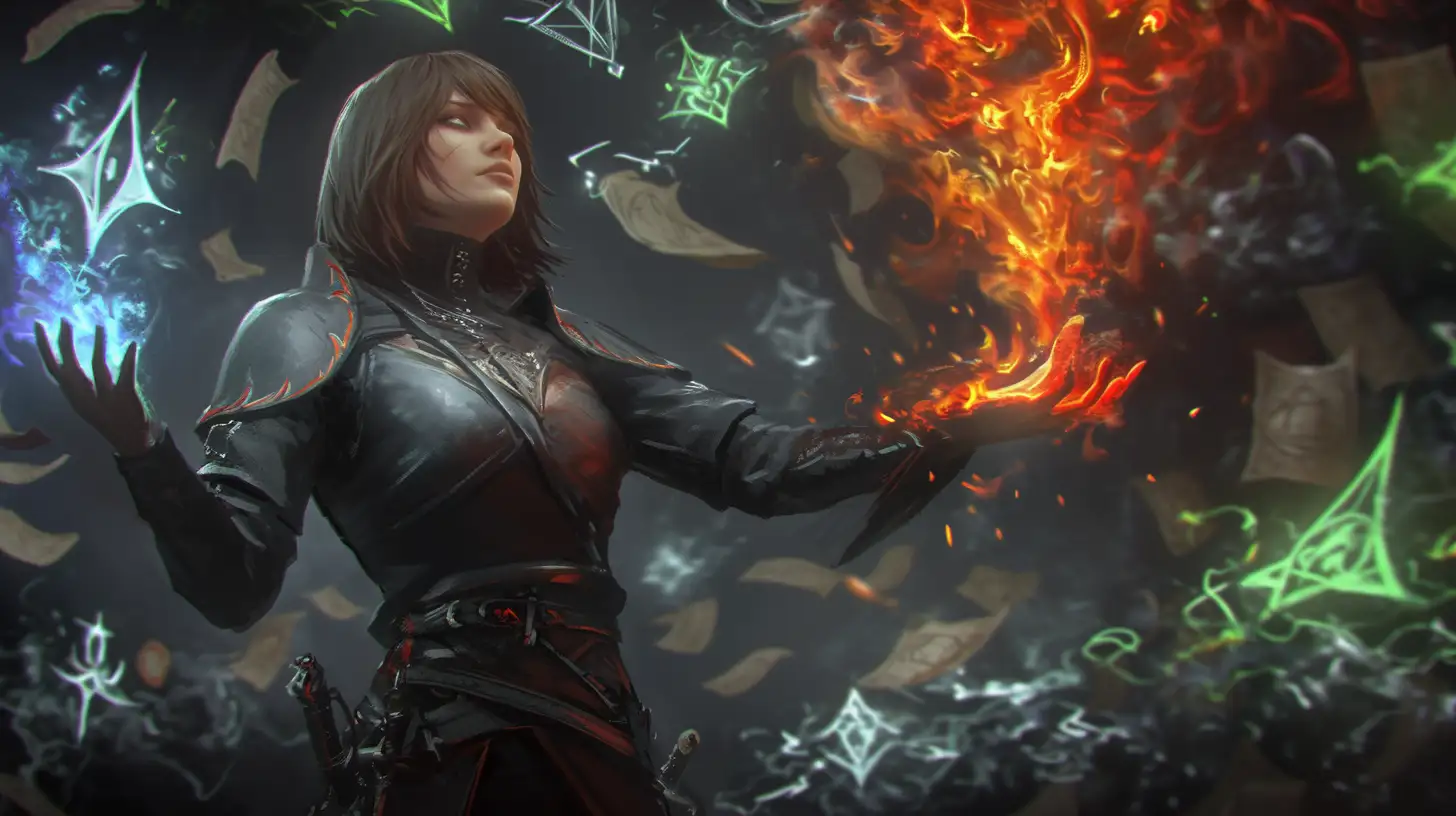
Fresh Start Realm: Offering a completely blank slate, this realm presents a brand-new economy. Every player starts at Level 1 with no currency, carrying over only their account-bound stash tabs. This experience mirrors the fresh league starts familiar to Path of Exile 1 veterans. Historically, the vast majority of players (often estimated at 80-90%) prefer the Fresh Start realm for the level playing field and fresh economy reset.
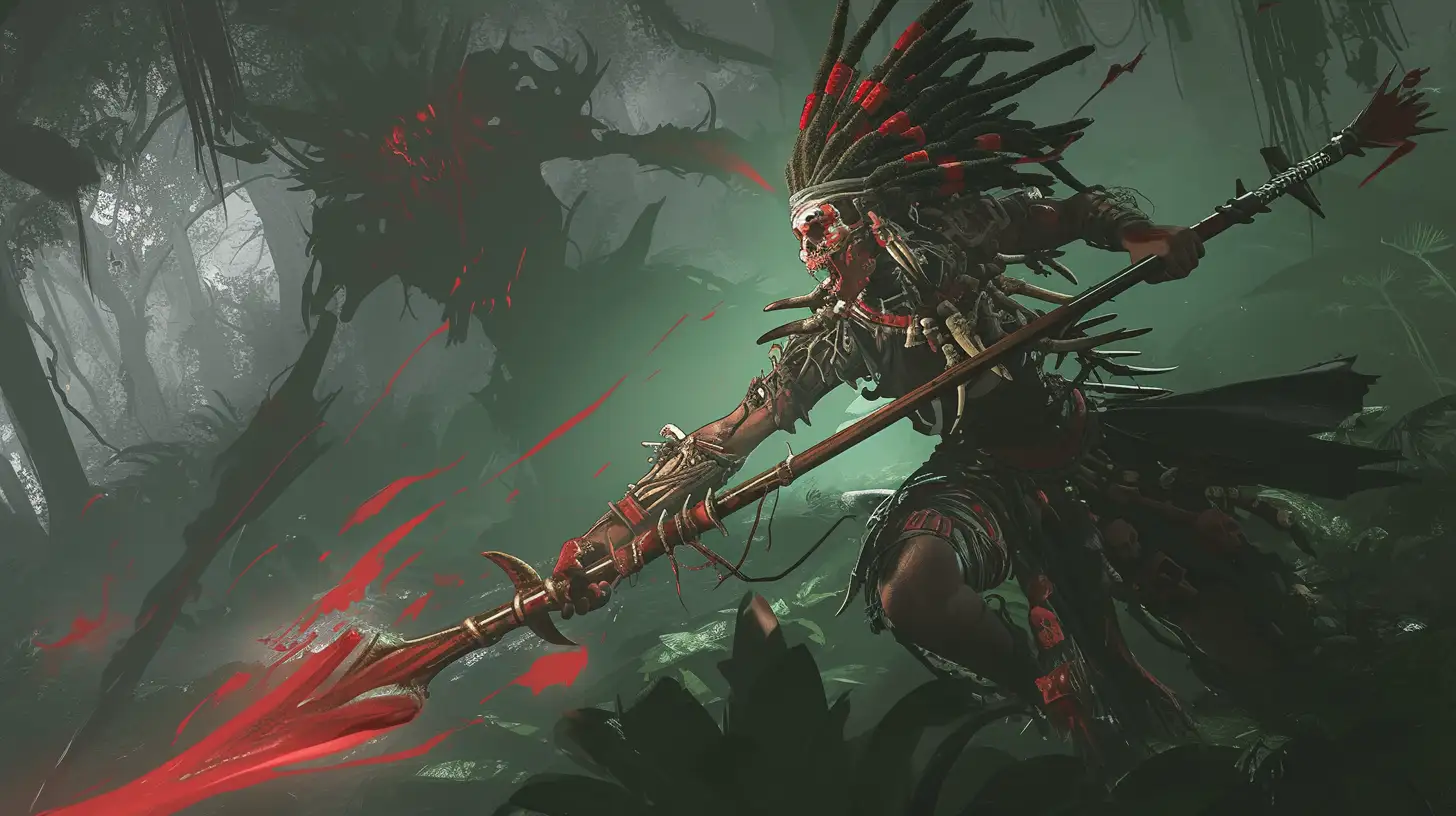
Hints at Buffs, Nerfs & Balance Adjustments
While the full, detailed patch notes detailing specific numerical changes are still awaited, preliminary information indicates that certain popular or powerful archetypes are targeted for nerfs. Expect adjustments, potentially significant ones, to:
- Herald-stacking builds
- Attribute (stat) stacking strategies
- The popular skill, Spark
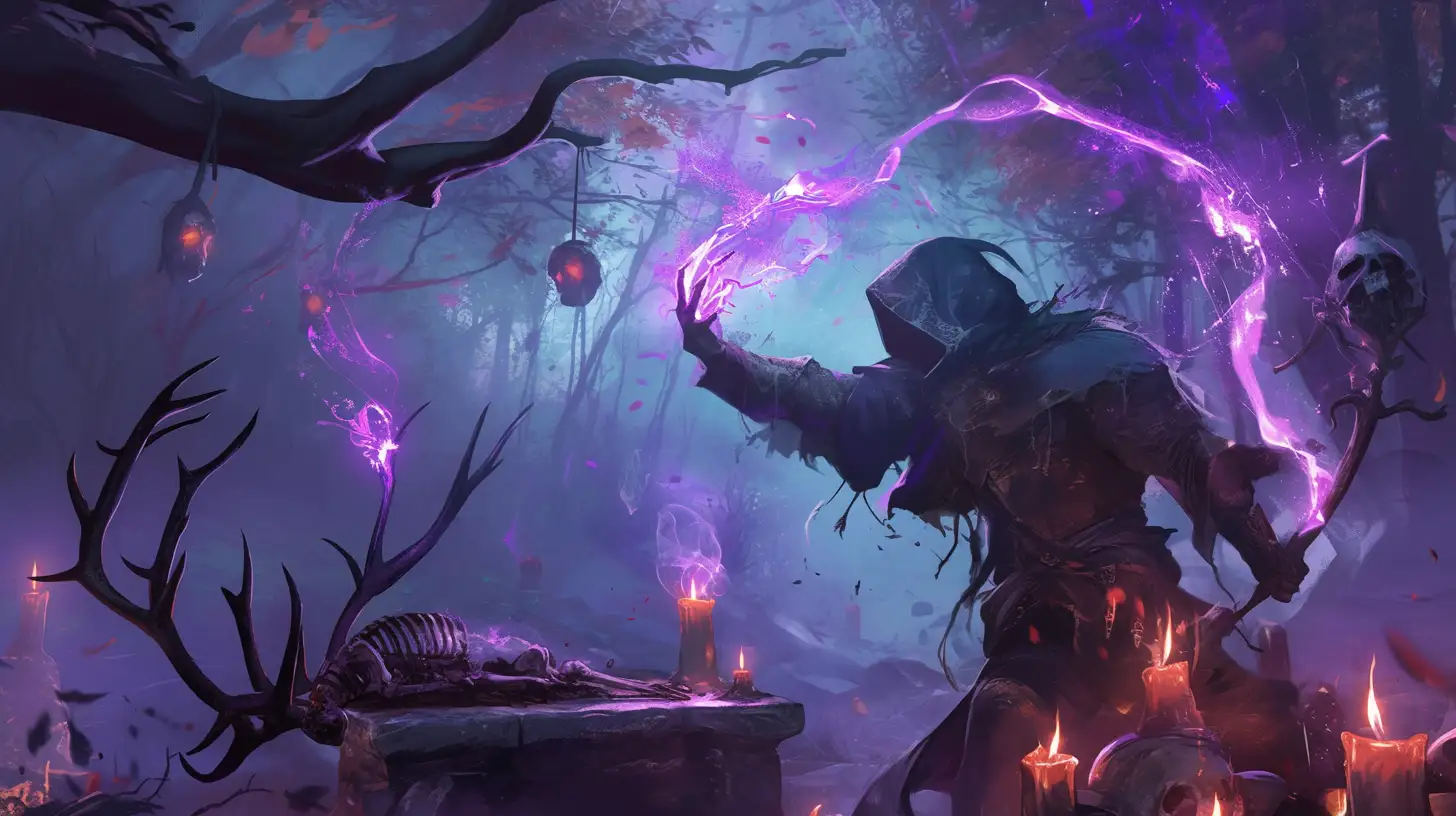
(The exact nature and severity of these nerfs remain unknown until the official patch notes are released). Furthermore, players should anticipate widespread rebalancing across numerous skills, likely tied to their performance at different gem levels.
New Ascendancy Classes in Dawn of the Hunt Patch
A brand new class enters the fray:
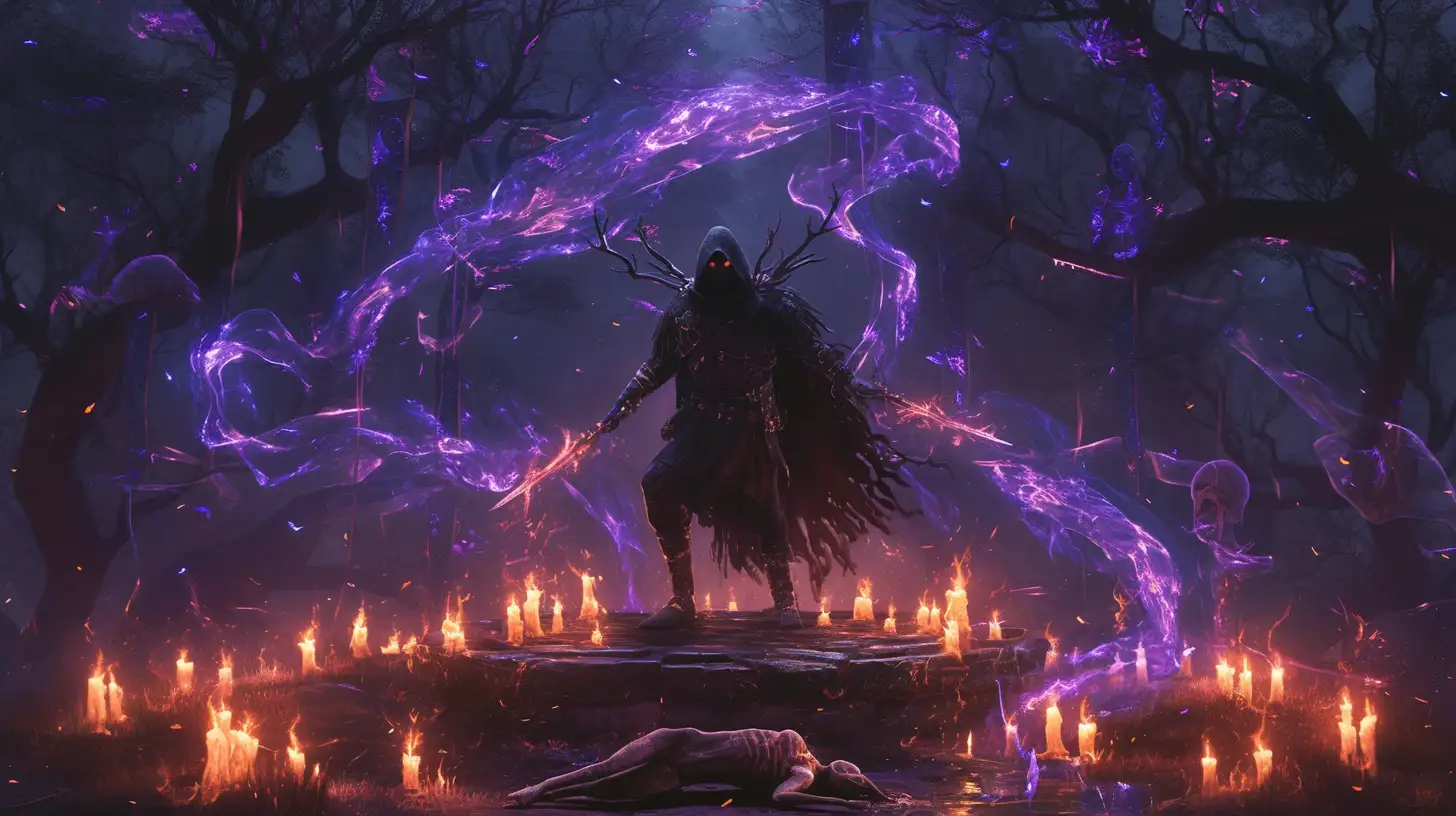
- New Class: The Huntress: This versatile combatant new spear weapon type and blends melee and ranged combat. She comes with two distinct Ascendancy paths:
- Ritualist: Gains the ability to wear an additional ring, benefits from enhanced ring and amulet bonuses, and can sacrifice slain rare and unique enemies to gain powerful temporary or potentially persistent buffs.
- Amazon: Excels in Critical Strike builds and benefits from increased Attack Speed, potentially using skills like a thematic lightning spear or similar elemental attacks, utilizes Elemental Damage to leech life, cleverly converts mana and life flasks into hybrid versions, and boasts potent Evasion-focused nodes, making her a natural fit for items like the Queen of the Forest body armour.

New Ascendancy options for existing classes
- Warrior: Receives an Ascendancy focused on crafting powerful weapons and designing a unique, customizable body armour.
- Witch: Gains a specialization centered around the potent combination of Curses and Chaos Damage.
- Mercenary: Obtains an Ascendancy geared towards enhancing party play and commanding minions, while retaining some effectiveness for solo gameplay.
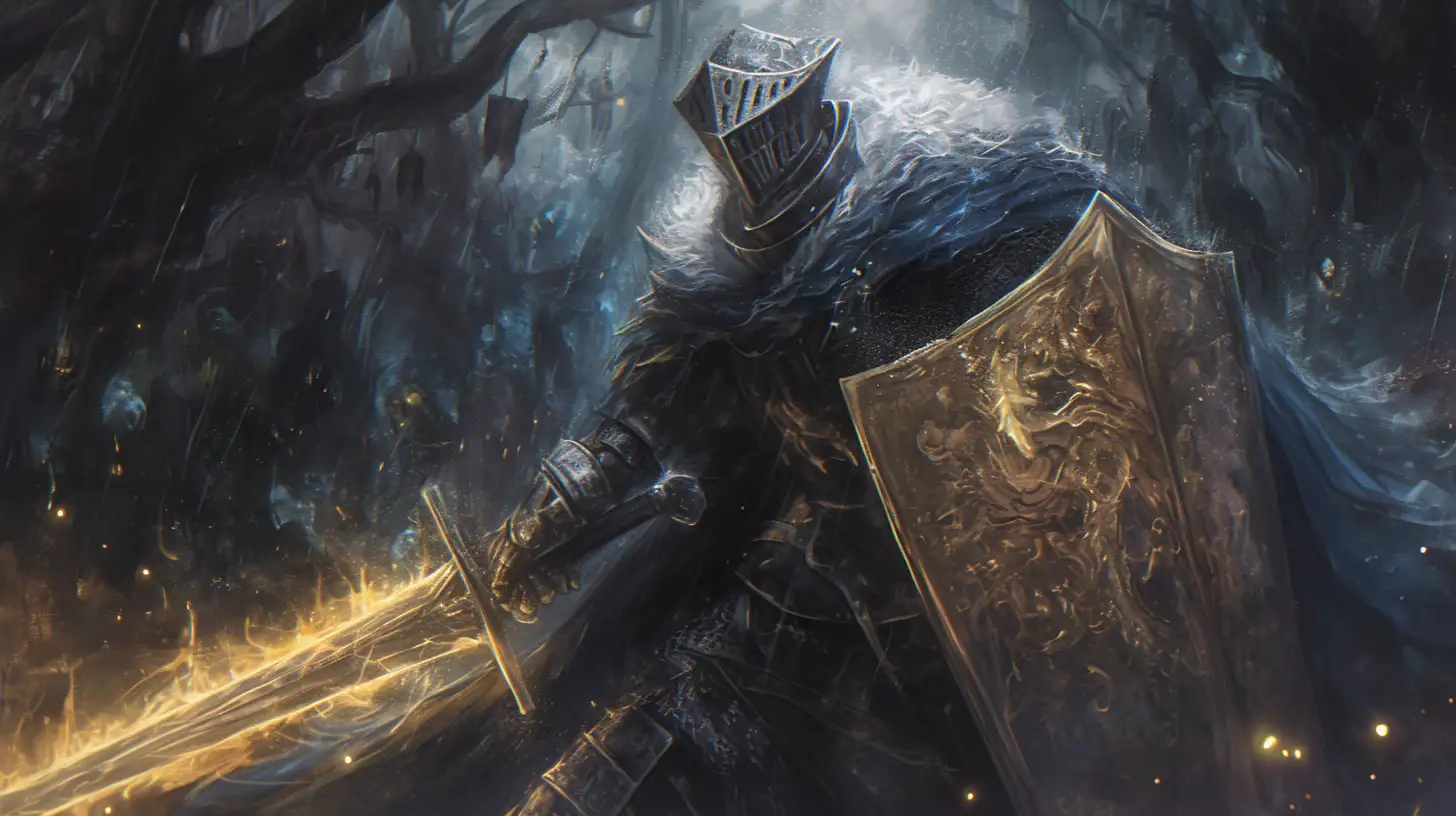
Beyond these additions, all classes update their Ascendancies, offering more ways to leverage core PoE 2 features like weapon sets for diverse builds. Expect balance tweaks, potentially including the addition of new passive nodes, buffs to underperforming paths, or nerfs to overly dominant ones.
Major New Systems & Items
1. Spectres – Raise Your Own Army
A highly anticipated feature arrives: the Spectre system is being integrated into Path of Exile 2 via a new skill gem. This powerful ability allows players to resurrect the corpses of most monsters encountered in the game, compelling them to fight as loyal minions.

Resource Management: Summoning these spectral allies isn’t free; with stronger monsters requiring more Spirit. Managing your maximum spirit pool and regeneration will be crucial for maintaining a powerful spectral army.
Customization: Importantly, Spectres function like skills and can be modified with Support Gems, allowing deep customization of the allies that fight alongside you. This opens up immense potential for Necromancer-themed builds.
2. Reliquary Keys – The Thrill of the Gamble Returns
A beloved item mechanic from the first game makes its return, offering players a tantalizing chance at obtaining random Unique items.
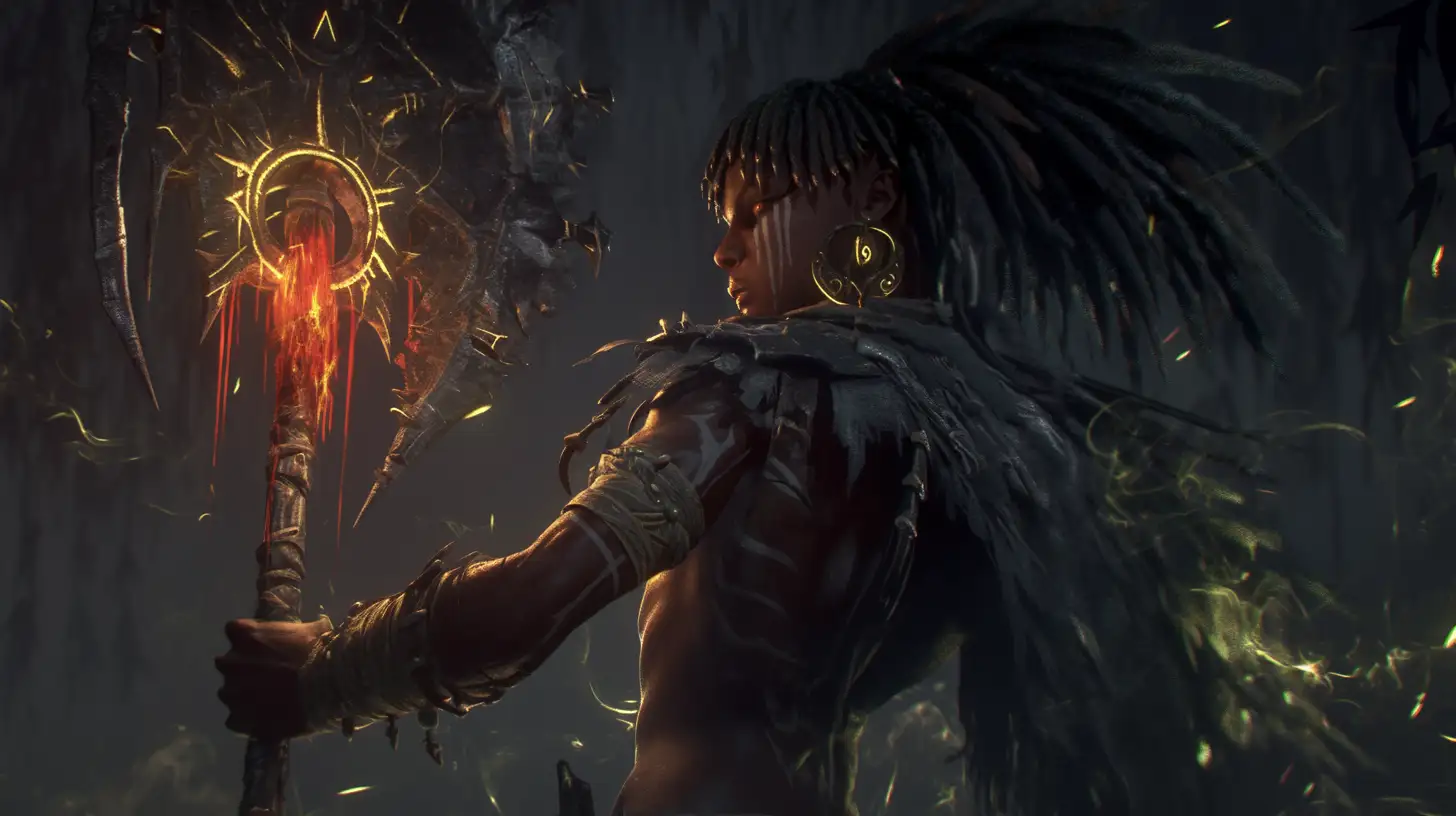
Acquisition: These keys are rare global drops, historically proving even scarcer than Divine Orbs. Pinnacle Bosses will also drop their own specific versions of these keys.
Functionality:
- A Regular Reliquary Key, when consumed, grants one random Unique item from the entire pool of currently available Uniques (excluding those exclusive to Pinnacle Bosses).
- A Pinnacle Key, obtained only from Pinnacle Bosses, guarantees a Unique item specifically from that boss’s exclusive loot table. This preserves the rarity and prestige of top-tier boss drops while still offering a broader gamble mechanic.
3. Tiered Rune System for Enhanced Endgame Content

- Addressing the Problem: A notable issue in previous iterations was that Runes provided static bonuses (e.g., fixed Fire Resistance, flat Fire Damage). While helpful early on, these static values diminished in effectiveness as characters progressed into the endgame, where both player power and monster challenges scale significantly. A Rune found in Act 1 offered the same benefit in Tier 15 maps, reducing its impact over time.
- The Tiered Solution: Dawn of the Hunt update introduces a tiered system. Runes now drop in tiers (Lesser, Normal, Greater), providing progressively stronger bonuses (like flat damage and crucial elemental resistances) appropriate for different stages of the game. A Greater Rune found in the endgame will offer substantially more resistance and flat damage than its Lesser counterpart, keeping them a relevant and valuable source of power throughout the entire game. This encourages players to seek out upgrades and adds another layer to item progression.
Map Portal System, Waystones, and Boss Fight Changes

- The Old Limitation: Previously, opening a map typically granted only a single attempt. Any death resulted in the map instance closing, potentially leading to lost progress and frustration, especially concerning map sustain for many players.
- The New Multi-Portal System & Waystone Interaction: This patch fundamentally revamps map attempts.Players now generally start maps with multiple portals (examples suggest a base of 5 or 6). Dying consumes one portal, but allows re-entry as long as portals remain.The crucial element is the Waystone interaction: The number of starting portals is directly reduced based on the power, complexity, and number of modifiers added by the Waystones used when opening the map. Utilizing simple Waystones grants more starting portals, while heavily modifying (“juicing”) a map with complex Waystones can reduce the available portals significantly, potentially down to just one for maximum risk and reward.
- A Vital Safety Net: Map Boss Encounters: To mitigate frustration, especially with difficult endgame bosses on heavily invested maps, a special rule applies. Regardless of how many portals were used before engaging the main map boss, once the boss fight commences, the player is granted 5 fresh attempts (portals) specifically for that encounter. Even if you reached the boss arena with only one portal remaining, you get five tries against the boss itself. This prevents costly map failures due to a single challenging boss fight but only applies to the main map boss, not other monsters.
Expedition Overhaul: Introducing Recombination Crafting
Addressing the Problem:
The Expedition league mechanic often felt lackluster. Its core loop involved trading artifacts with NPCs for items in limited vendor windows, a process many found tedious. This led to neglected mechanics and stockpiled, unused artifacts. Critically, Expedition lacked a compelling, dedicated crafting system compared to other endgame loops.

The Recombination Solution:
Upcoming Path 0.2.0 revitalizes Expedition by introducing Recombination, a potent crafting method familiar to PoE 1 players.
A new crafting bench, unlocked after your first Expedition encounter, allows you to merge two rare items of the same base type (e.g., two Iron Hats).
The objective is to combine desirable modifiers from both source items onto a single, potentially vastly improved, new item.
This powerful crafting process consumes Expedition Artifacts as its primary cost, with the amount required scaling based on the power and rarity of the mods being combined.
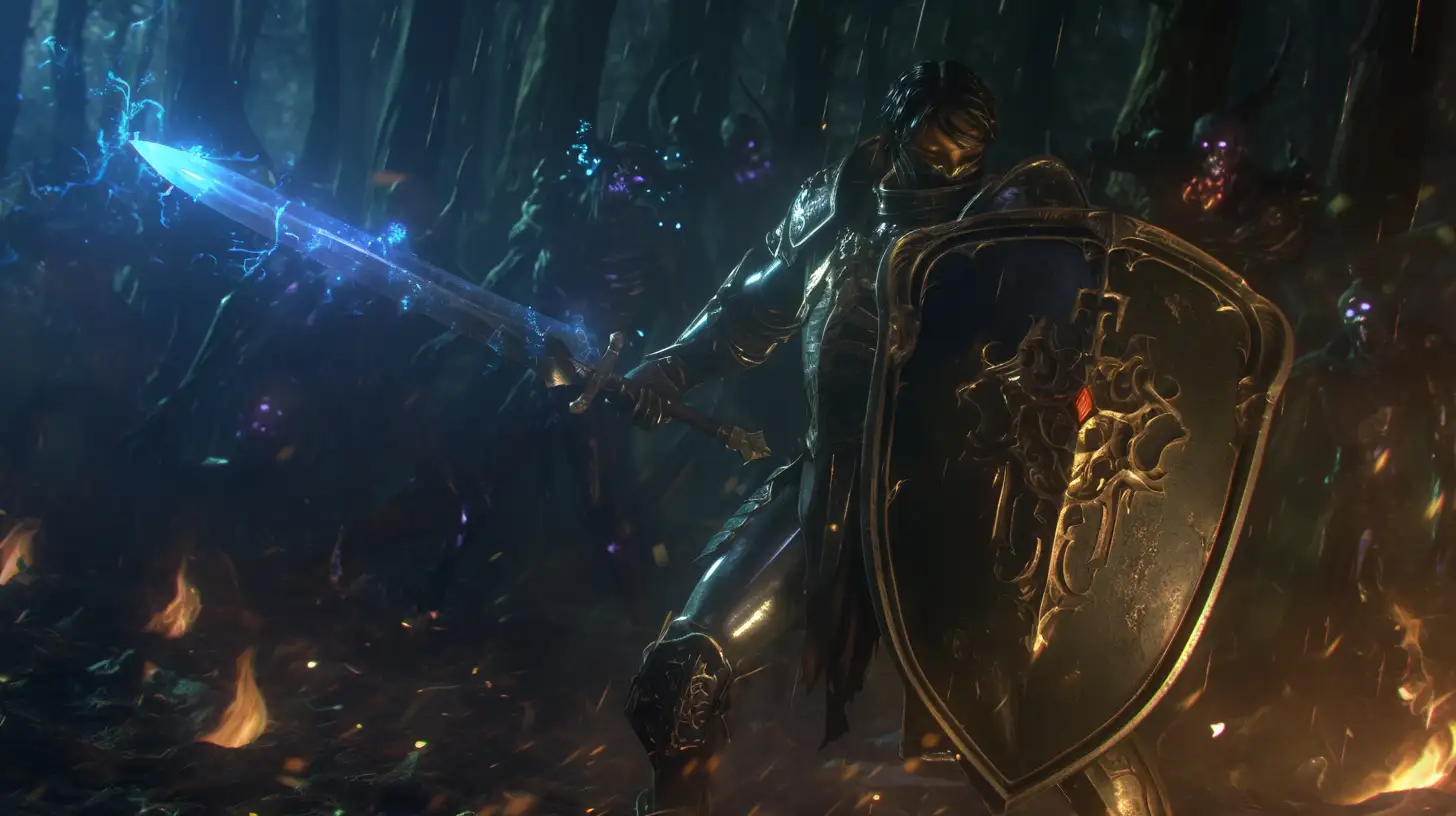
(Sources suggest these PoE 2 Recombinators might be slightly less potent than their PoE 1 predecessors but remain exceptionally strong crafting tools).
This integration transforms Expedition from a passive vendor check into the main source for fueling a highly desirable crafting system, giving significant value to its previously neglected artifacts.
Atlas Overhaul: The Corruption, Cleansing, and Fracturing Loop
A major new endgame progression loop is introduced, centered around Corruption spreading across the Atlas.
a) The Corruption Mechanic & Cleansing the Nexus:
Players will discover areas on their Atlas visibly afflicted by Corruption. At the heart of each zone lies a special map containing the Corrupted Nexus.
The objective is to enter this unique map and cleanse the Nexus. This involves defeating the map’s inhabitants, culminating in a battle against one of three new, challenging bosses representing the Corruption itself.
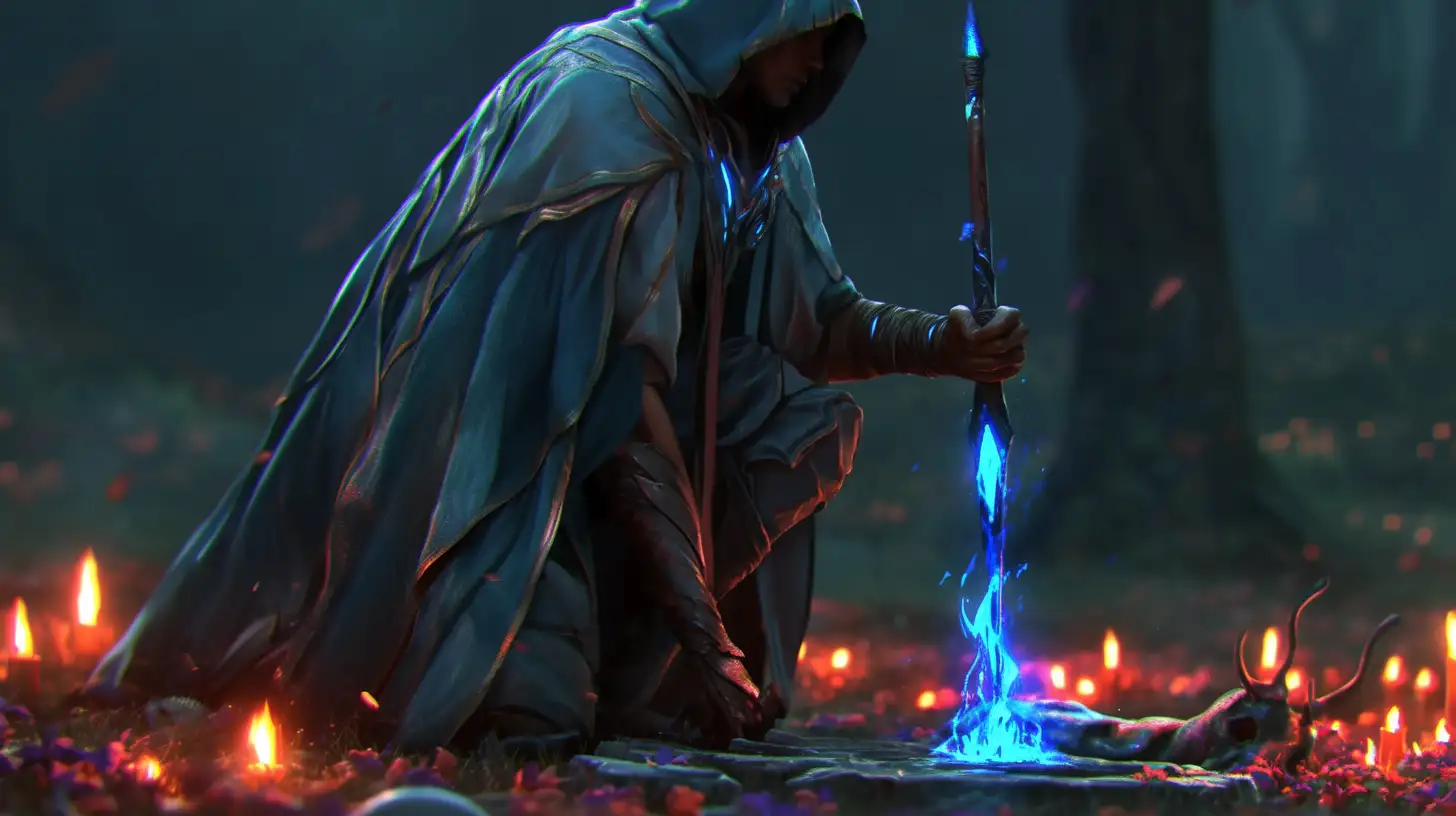
Successfully cleansing the Nexus (likely requiring the boss kill) yields Crystalline Shards of Knowledge. These shards become the new primary method for gaining Atlas Passive Tree Skill points, replacing the old system (which will no longer grant xp in this manner) of completing specific numbers of maps at certain tiers. The tier of the shard likely corresponds to the map’s tier, enabling targeted Atlas progression. Additionally, cleansing a Nexus transforms all adjacent maps within the corrupted zone into Cleansed Maps. Corrupted maps can now also spawn in any Atlas biome.
b) Cleansed Maps & The Power of Fracturing Orbs:
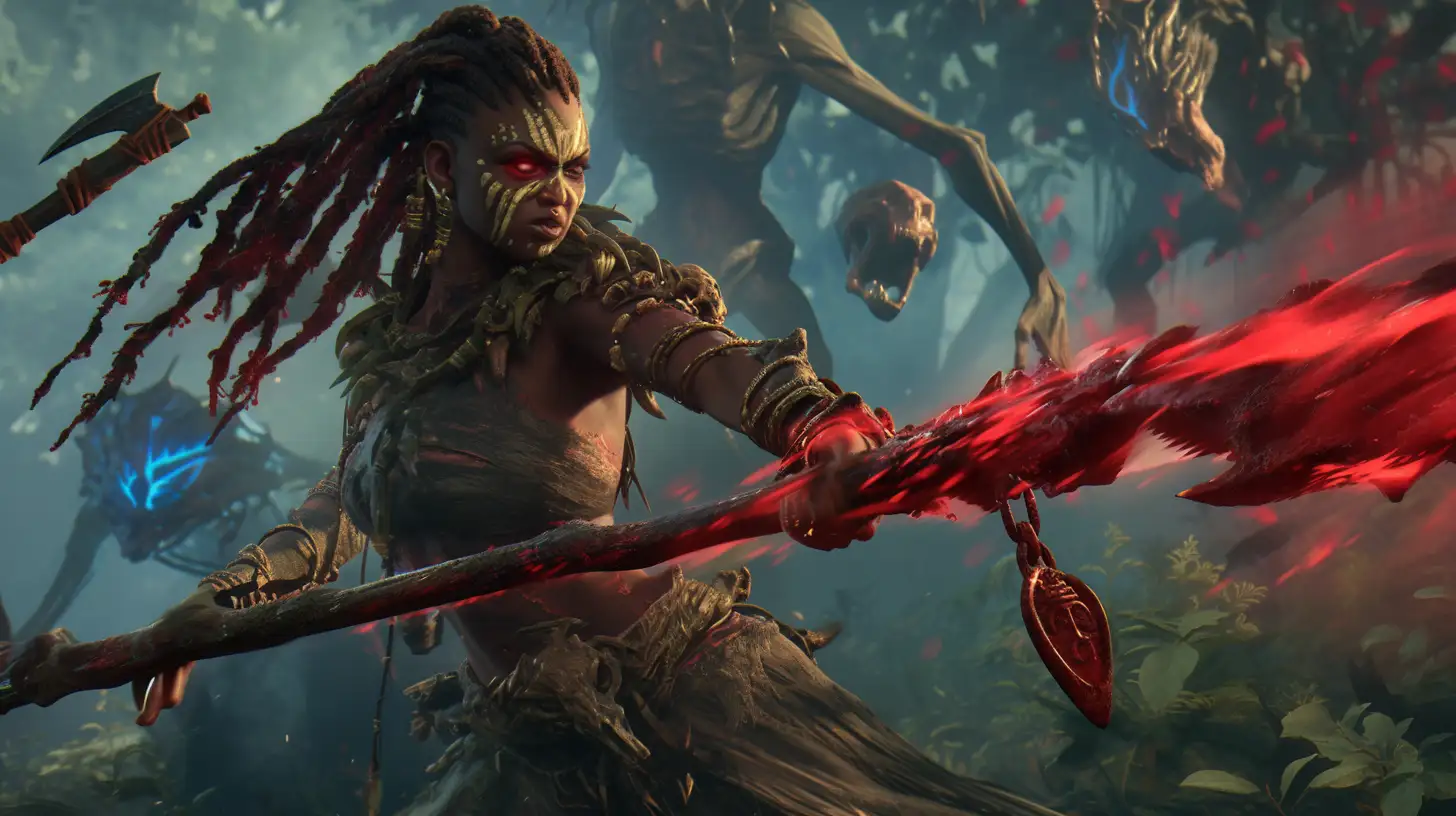
Cleansed Maps are the aftermath of purifying a corrupted zone. They feature unique monster types, potentially new bosses, distinct map modifiers, and exclusive rewards.
The most significant reward found only within Cleansed Maps is the Fracturing Orb. These valuable crafting items drop from enemies slain inside these cleansed zones.
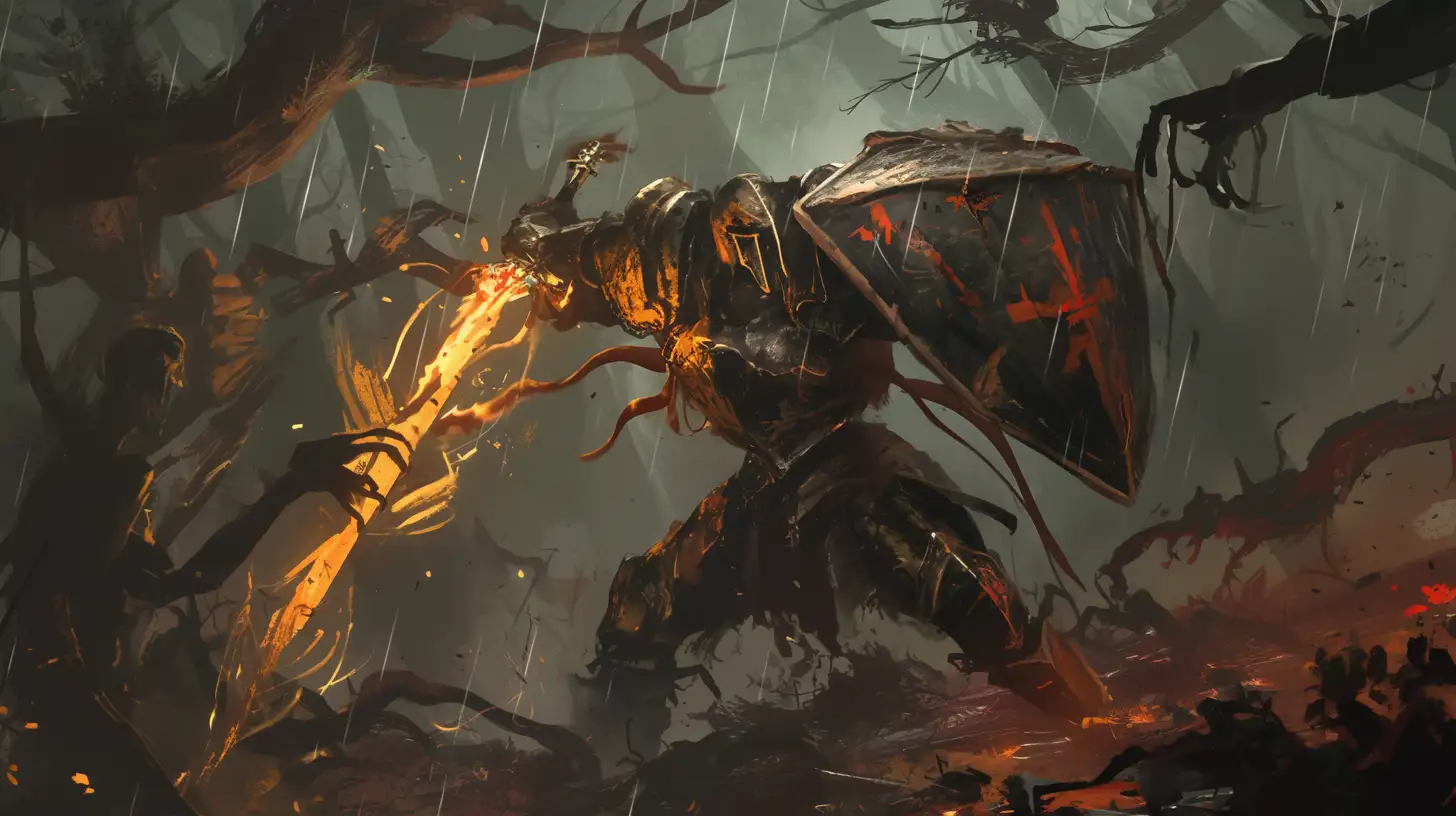
Fracturing Crafting Explained: A Fracturing Orb is used on a rare item that possesses at least four modifiers. It randomly selects one of those modifiers and permanently locks it onto the item, visually distinguishing it as “fractured.” This fractured modifier cannot be changed, removed, or rerolled by any subsequent crafting methods (Chaos Orbs, Essences, etc.). This enables incredibly powerful, targeted crafting strategies. For instance, a player could fracture a highly desirable “+3 to Level of Minion Gems” modifier on an amulet and then safely use Chaos Orbs or other currency to reroll the remaining modifiers until other desired stats appear, all without risking the loss of the crucial fractured mod. Note that the initial fracturing process is random among eligible mods.

c) Strategic Atlas Implications: This intricate loop introduces a new layer of strategic decision-making on the Atlas. Players must now weigh the benefits of pushing directly towards traditional objectives (like Conqueror Citadels or Pinnacle Bosses) against the rewards of lingering in corrupted and cleansed zones to farm valuable Atlas Points and potent Fracturing Orbs.
7. Tower & Tablet System Enhancements
The system for applying temporary effects to Atlas regions via Towers and Tablets receives a significant upgrade:
Increased Tablet Capacity: Towers are no longer limited to a single Tablet; they can now hold three simultaneously.
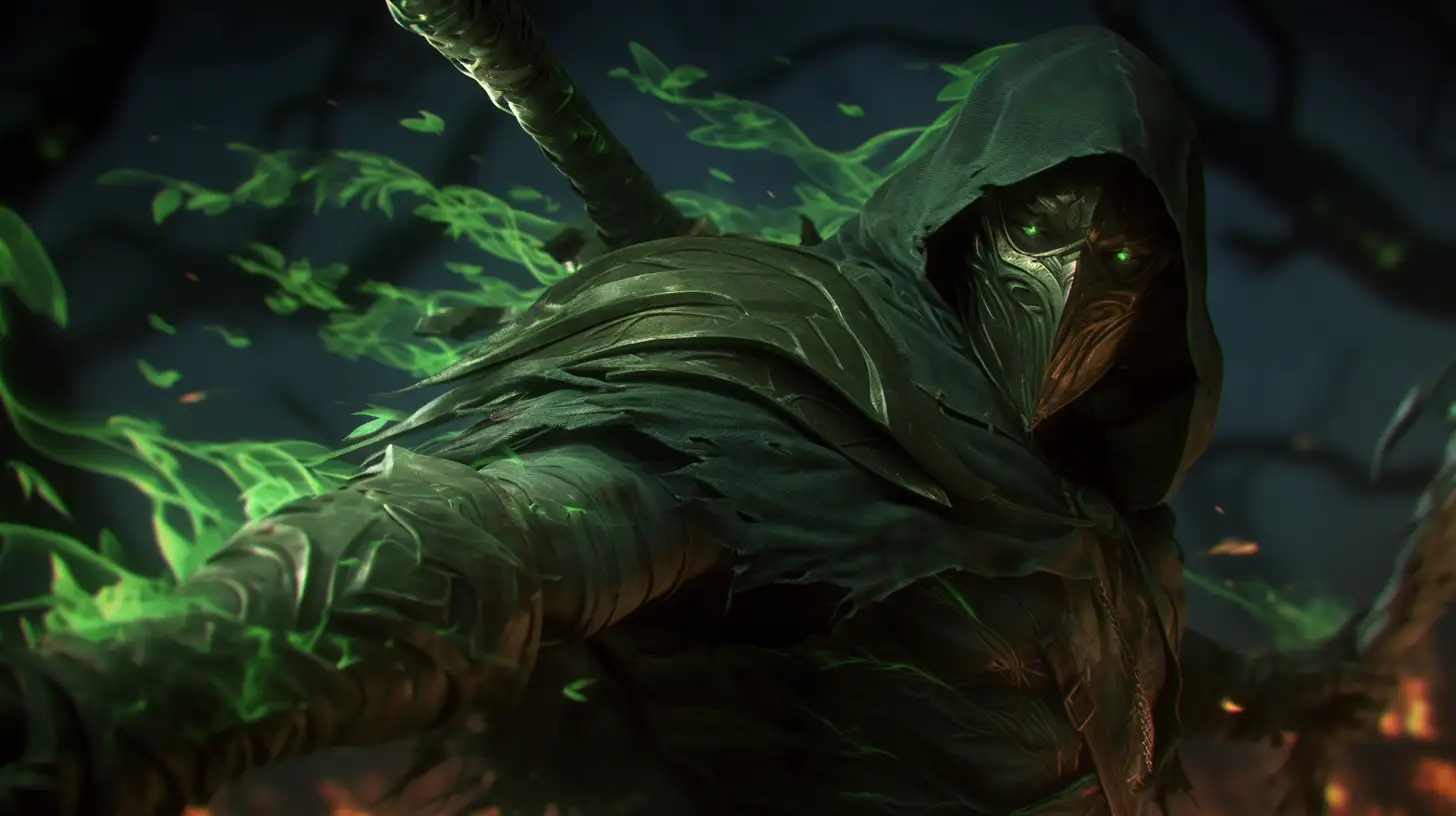
Enhanced Radius & Power Amplification: Towers now influence a larger radius of surrounding maps on the Atlas. Furthermore, placing Tablets into high-tier Towers (e.g., a Tier 15 Tower) significantly amplifies their effects – the example provided suggested a 100% increase, effectively doubling the Tablet’s impact across the affected area.
Introduction of Unique Tablets: Beyond standard league mechanic Tablets, new Unique Tablets are being added. These offer powerful and unique effects, such as allowing direct access to any map within the Tower’s large radius (enabling fast travel or targeted farming) or significantly altering specific league mechanics within the area (like duplicating Expedition monsters).

Synergistic Potential: The combination of holding three Tablets (potentially multiple Unique ones) within a high-tier Tower that amplifies their effects allows players to create incredibly potent “Uber Towers,” stacking powerful modifiers across a wide swath of the Atlas for highly customized farming strategies.
8. Atlas Passive Tree Expansion & New Nodes for Endgame Improvements
The Atlas Passive Tree, central to endgame customization, undergoes expansion:
- Increased Point Cap: The maximum number of allocatable Atlas Passive points is being raised from 30 to 40, providing a substantial boost for deeper specialization or broader investment across multiple mechanics.
- Physical Tree Expansion: The visual layout of the Passive Skill Tree is expanding, incorporating new pathways and sections to accommodate the increased point cap and new mechanics.
- Integration of New Mechanic Nodes: Crucially, the expanded tree will feature new passive nodes designed specifically to interact with Patch 0.2.0’s additions, such as nodes enhancing the new Azarian Wisp mechanic or increasing the drop rate of valuable Unique Tablets (like the mentioned “Precursor Influence”).
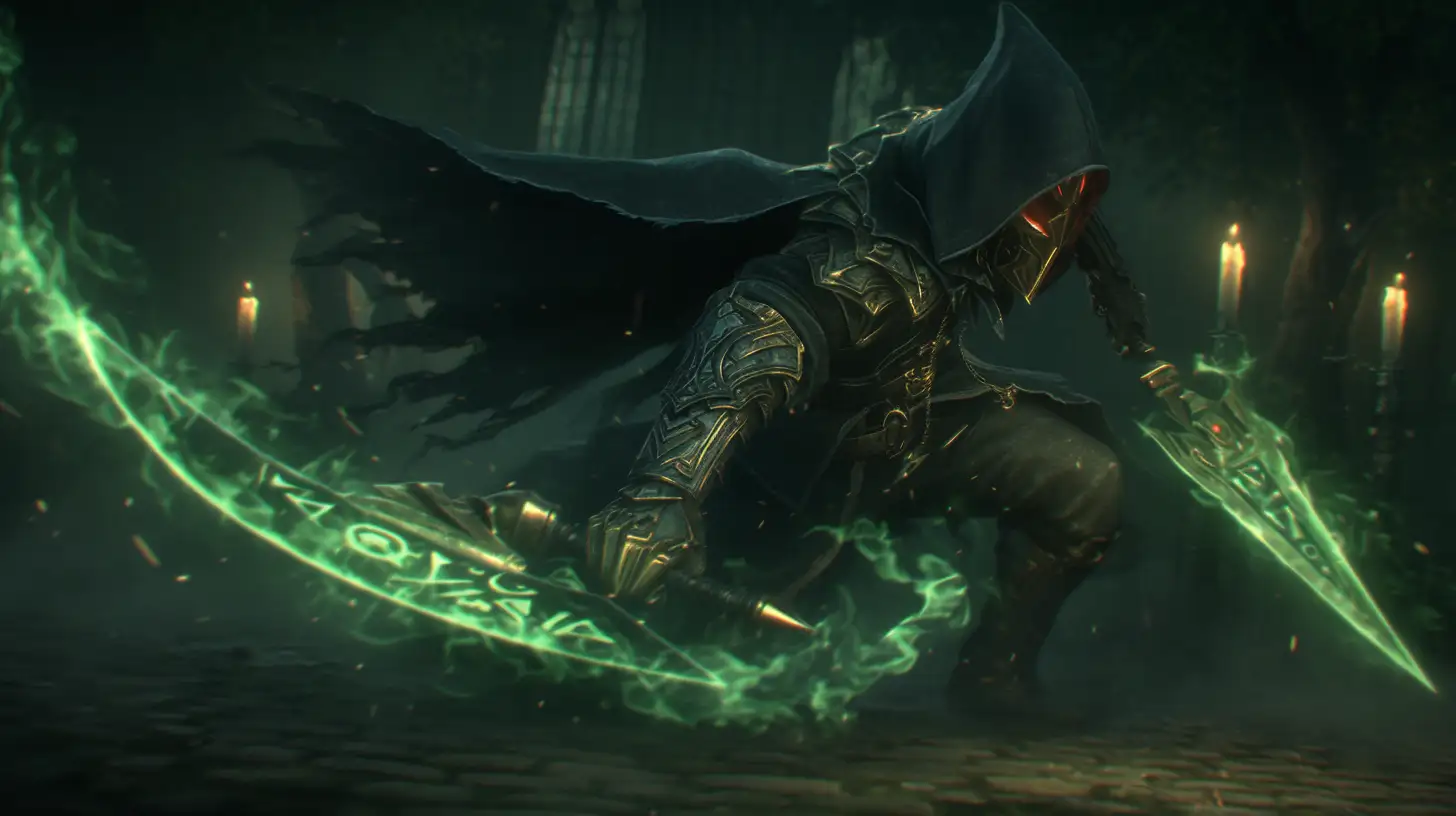
9. Overhaul of Unique Items: Boosting Viability & Excitement
Addressing the common issue where only a handful of Unique items dominate usage, this patch brings a major focus to revitalizing Uniques:
The Existing Problem: While hundreds of Uniques exist, players often gravitate towards a select few powerful “best-in-slot” options for many builds, leaving the vast majority underutilized outside of niche cases or leveling. This often makes finding Uniques feel unexciting.

The Solution: 100+ New Mid-to-Endgame Uniques: A significant injection of over 100 new Unique items is planned. The explicit design focus is on mid-to-endgame relevance, aiming to create powerful, build-enabling options for characters pushing into endgame content, rather than just more leveling gear. Examples like the Mjolner Tormented Club (granting a high-level spell on melee hit) and the Huntress Wooden Buckler (offering conditional damage conversion based on Parry) showcase this philosophy.

Rekindling Excitement & Diversity: The core goal is to make Unique item drops exciting again. Players should feel anticipation when identifying a Unique, as it might unlock a new build archetype or provide a substantial power upgrade.
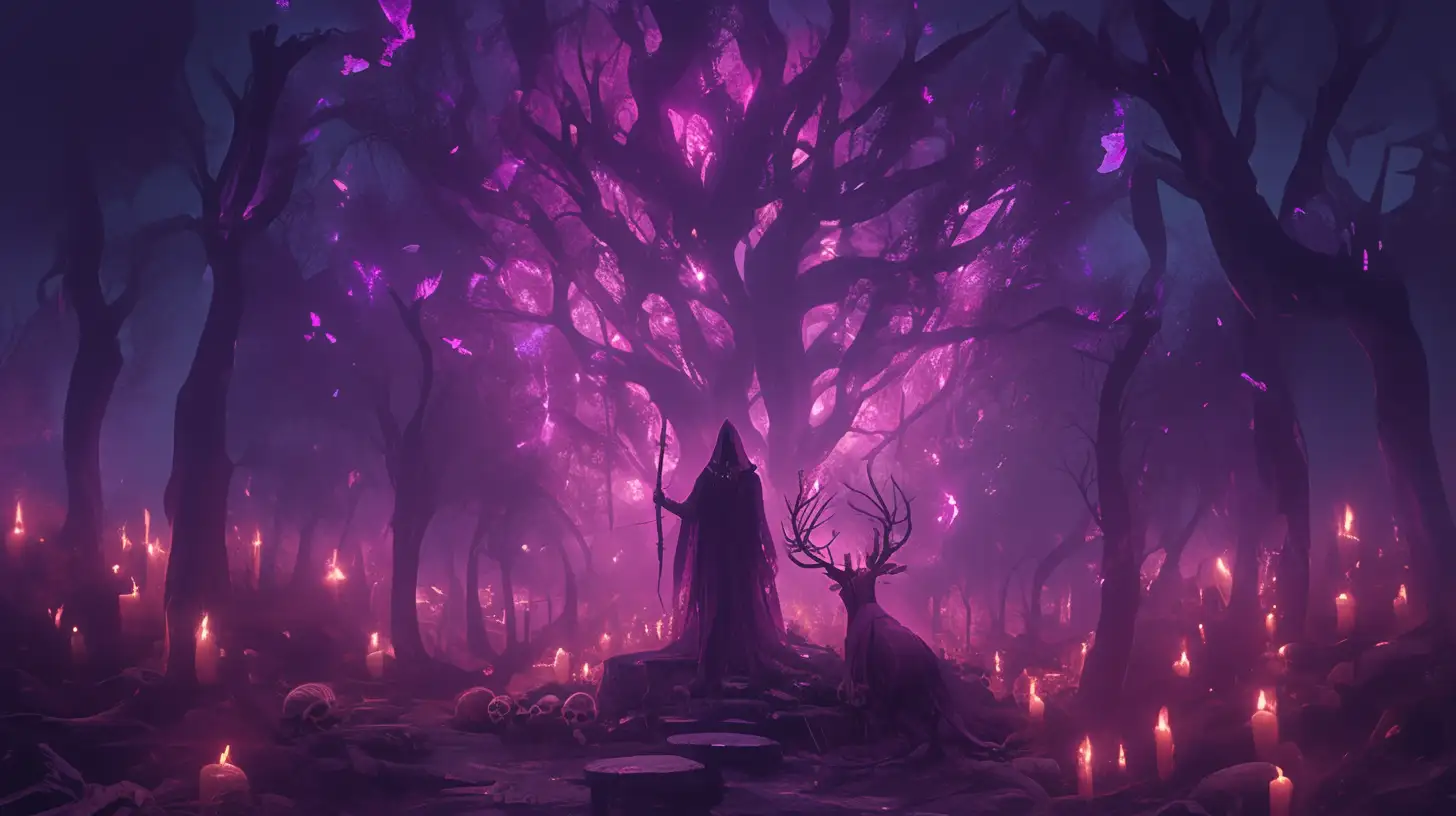
Long-Term Vision: The developers aim to eventually have at least one Unique item corresponding to every white base item type in the game. This would dramatically increase the potential outcomes when using currency like Orbs of Chance, shifting away from scenarios where players only target specific bases hoping for one specific high-value Unique.
10. Rogue Exile Enhancements for Targeted Unique Farming

Rogue Exiles, the formidable NPC opponents mirroring player builds, are being enhanced to offer targeted loot opportunities:
- The Key Change: Visible & Guaranteed Drops: Rogue Exiles will now display icons underneath their nameplate indicating the specific Unique items they are currently equipped with. Upon defeating the Rogue Exile, they are guaranteed to drop those exact Unique items.
- Strategic Encounter Choice: This transforms Rogue Exiles from simple threats into identifiable loot sources. Players can quickly assess the value of the Uniques an Exile is carrying and decide whether the potential reward outweighs the risk of engaging in a potentially difficult fight, especially in higher-tier maps. (Remember, Rogue Exiles can also be force-spawned using certain Tablets). The revamped portal system provides a safety net against unexpected deaths.
11. Massive Expansion of Support Gems for Deeper Customization
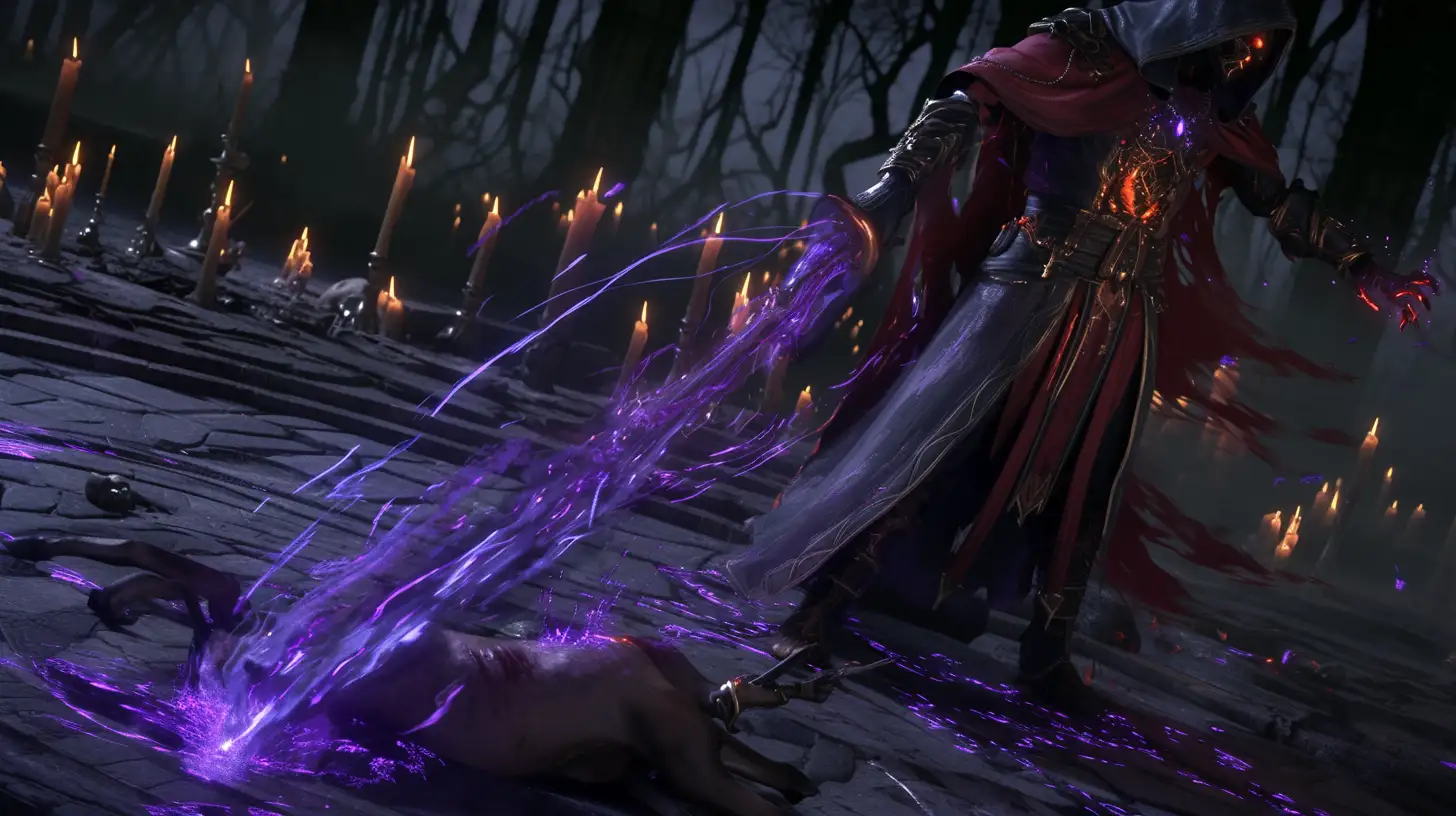
This will drastically increase build customization possibilities… Expect new ways to modify skills, potentially adding effects like chain reactions, novas, conditional triggers, or mechanics like follow up strikes to basic attacks, allowing for much deeper strategic linking.:
- Significant Quantity Increase: Over 100 new Support Gems are being added, representing roughly a 50% increase to the existing pool.
- Addressing Previous Gaps: This aims to rectify a long-standing issue where many skills, particularly utility abilities like Curses, Cries, or secondary skills, lacked a sufficient number of meaningful Support Gem options. This often led to empty sockets or the use of minimally impactful supports.
- Goal: Meaningful Links for All Skills: The design intention is to provide impactful and relevant Support Gem choices for nearly every active skill. Players should be able to fill 4 or 5 support sockets for most skills with gems that genuinely enhance or alter the skill’s function in desirable ways. This promises a vast increase in build diversity, customization depth, and strategic complexity when linking skills.
12. Enhance The Endgame Maps With Wisps & Talismans

- Wisps: These ethereal entities appear in maps, follow the player, and enhance nearby monsters, making for tougher encounters and better loot potential. After a time, they merge into and significantly empower a rare monster. Different types of Wisps offer various effects, with the most potent upgrading monster rarity (Magic to Rare, Rare to Unique).
- Talismans: Empowered monsters influenced by Wisps have a chance to drop Talismans, a new category of socketable runes, conceptually similar to Soul Cores.
13. Corrupted Essence System Evolution & New Tiers
The Essence mechanic receives notable updates:
Vaal Orb Interaction: Corrupting an Essence monster with a Vaal Orb now yields one of three potential outcomes: increasing the number of Essences held by the monster, rerolling all Essences to the same type (useful for targeting specific Essences), or upgrading existing Essences to Greater tiers or even new Unique Essence tiers.

New Unique Essences: Four powerful new Unique Essences are introduced: Hysteria, Delirium, Horror, and Insanity. Each provides unique rewards and potent crafting options unavailable elsewhere, potentially focused on specific defenses like Energy Shield or offensive stats..
New High-Tier Essences: Additional high-tier Essences are being added, granting access to unique modifiers for advanced crafting.
14. Adjustments to Other League Mechanics
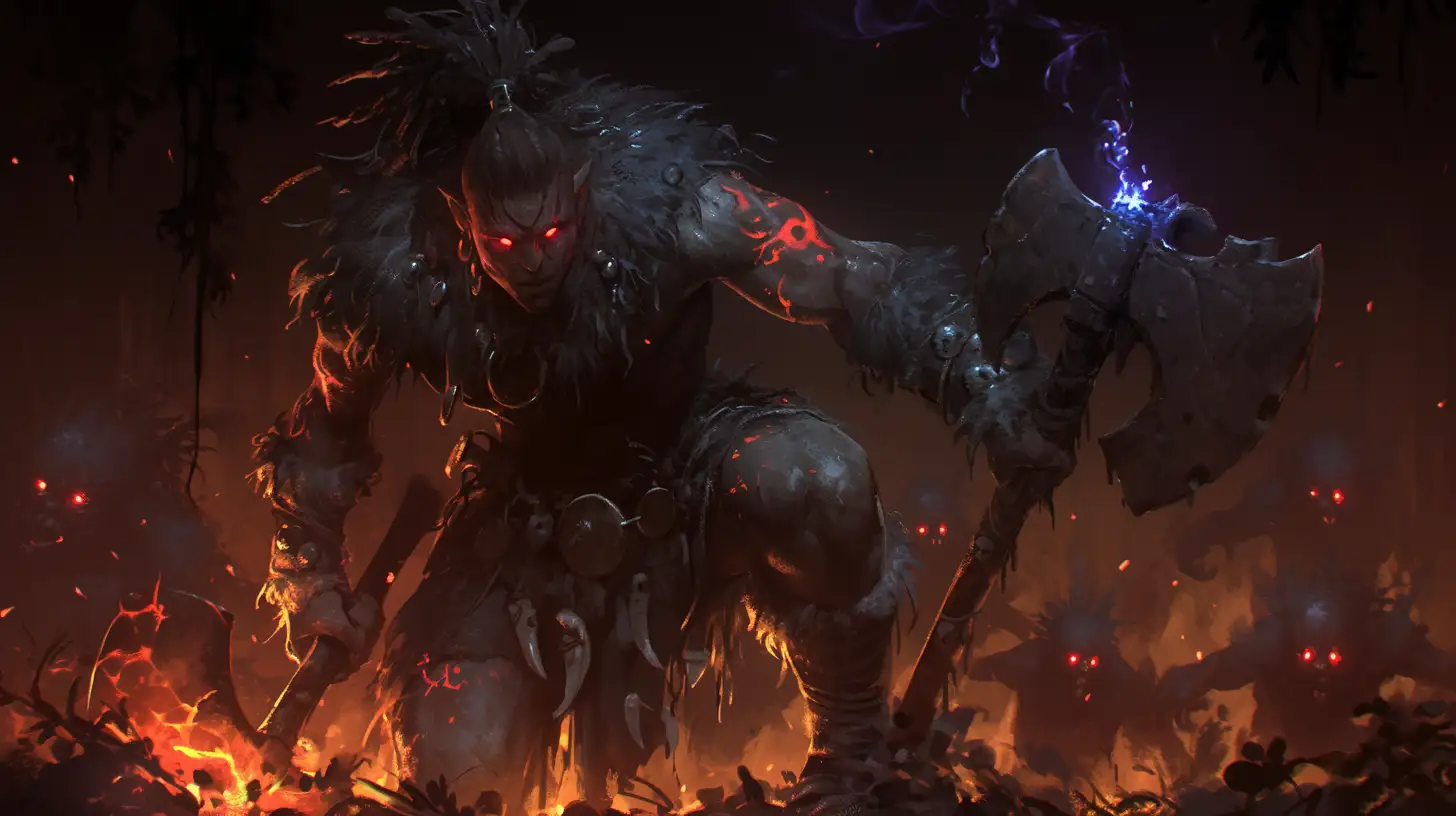
Several existing league mechanics are receiving tweaks:
- Strongboxes: Unique Strongbox types are being added, alongside general improvements or buffs to the mechanic.
- Breach: Breach density is being nerfed, likely aimed at improving performance and visual clarity during encounters.
- Omens: These consumable items will become significantly more common, appearing 2.5 times more frequently.
15. Pinnacle Boss Encounter Changes
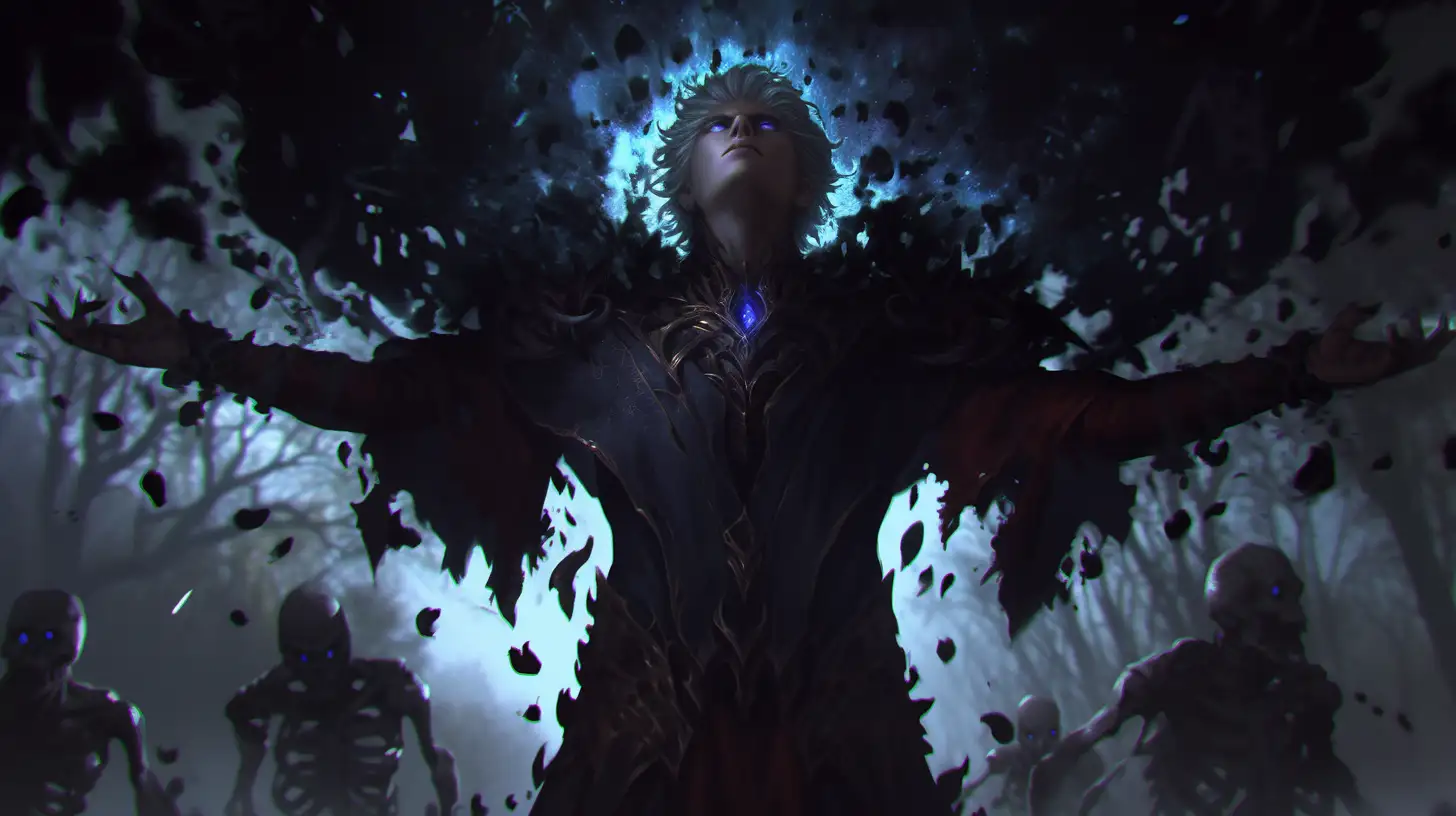
Fighting the game’s ultimate bosses becomes slightly less punishing:
Experience Loss Removed: Players will no longer lose experience upon death during a Pinnacle Boss fights.
Drop Mechanics Adjusted: Pinnacle Bosses will now drop their associated Unique items regardless of the tier they are fought in. However, engaging them in higher tiers will increase the probability of receiving their rarer, more sought-after Unique drops.
16. What’s Potentially Missing? (Based on Current Information)
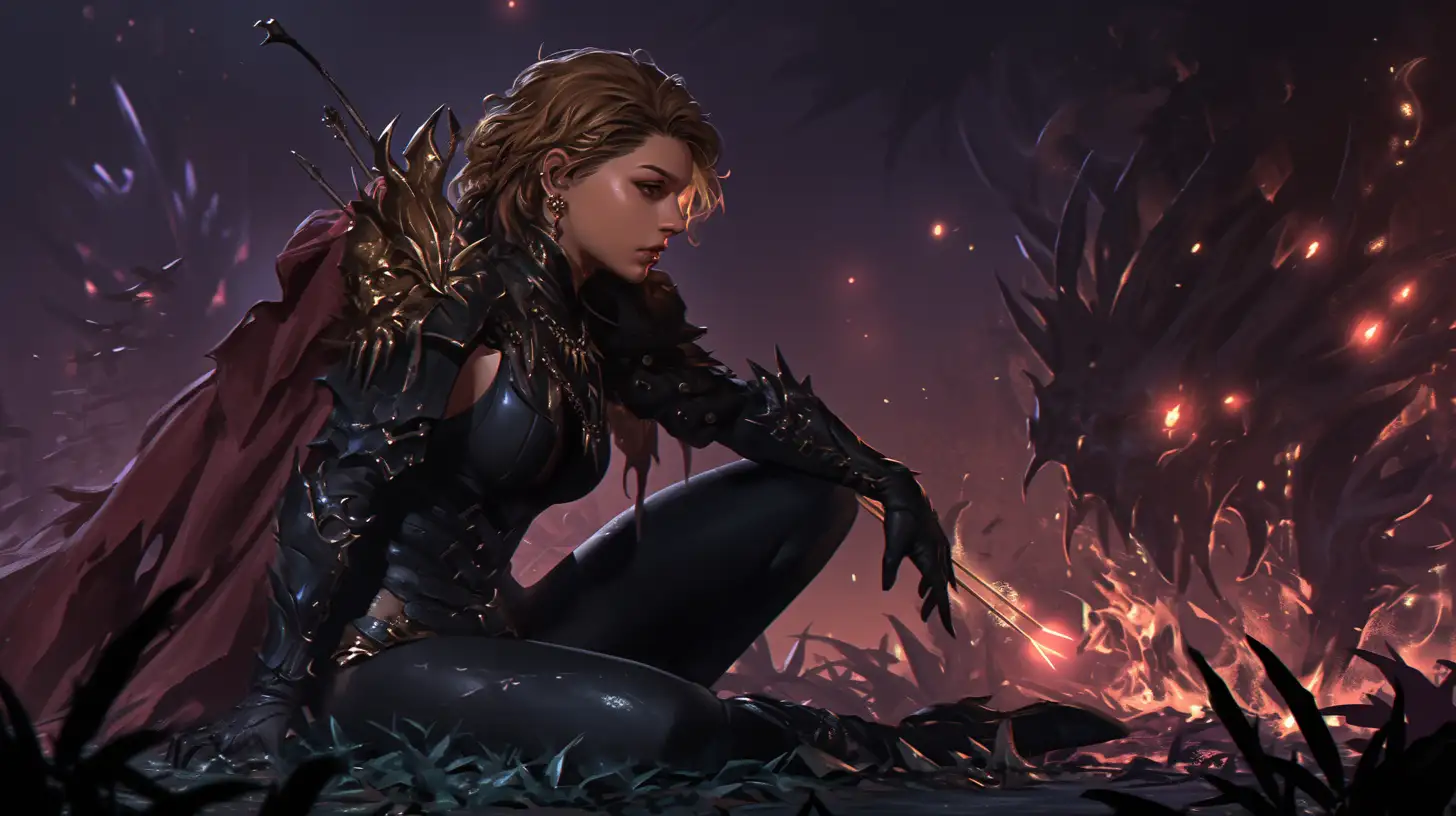
While the revealed changes are extensive, some community pain points haven’t been explicitly addressed in the currently available information for the upcoming patch:
There’s no mention of improvements to notoriously frustrating map layouts like Mire or Vaal Foundry.
No changes related to reducing the need for extensive backtracking within certain map layouts have been mentioned.
There’s no indication of fixes or speed-ups for the often tedious Reforge Bench (3-to-1 vendor recipe) system.
Epiccarry: best wow boost and coaching services
How does the new Atlas system work?
The new Atlas system changes the way maps progress and how players interact with the endgame. Instead of a fixed path, maps now have dynamic connections, and players can influence which maps they want to appear more frequently. Corruption mechanics have also been introduced, allowing maps to gain powerful modifiers at the risk of making encounters significantly harder. Players can now fracture maps, which permanently alters them, and new passive tree nodes offer more customization to shape endgame experiences.
Are old builds still viable?
Many builds from previous patches are still playable, but their effectiveness depends on how skills, passive tree nodes, and itemization have changed. Some builds have been nerfed due to changes in attack speed, spell scaling, or item modifiers. Others may have become even stronger with new support gems or passive interactions. It’s important to check patch notes and community discussions to see if your favorite build is still viable or if it needs adjustments to remain competitive.
What are the most notable skill changes?
This update brings several major skill reworks, including new mechanics for melee attacks, spellcasting, and minion-based builds. Some melee skills now have improved hit detection and faster animations, making them feel more fluid in combat. Spellcasting skills have been adjusted to scale better with certain item modifiers, allowing for more diverse builds. Minion skills now benefit from new support gems that provide defensive or offensive boosts. Additionally, certain overpowered skills have been slightly nerfed to balance their power level in endgame scenarios.
What’s the new corruption mechanic?
Corruption mechanics have been expanded beyond just corrupted items. Now, maps, passive tree nodes, and even skill gems can be corrupted, providing both powerful bonuses and dangerous drawbacks. Corrupted maps may introduce unique boss encounters, higher drop rates for rare items, or even alternate versions of standard enemies with new abilities. Corrupting a passive tree node can unlock hidden bonuses, but it may also lock other nodes, forcing players to adapt their builds. This system adds a new layer of risk and reward, allowing players to push for stronger gear and encounters while managing potential downsides.
How do Ascendancy changes impact character progression?
Ascendancy classes have undergone significant rebalancing, with new keystones, reworked passive abilities, and different interactions with core mechanics. Some classes now have access to more defensive options, allowing for tankier builds that were not previously viable. Others have shifted focus towards more specialized playstyles, such as increased elemental damage scaling or improved critical strike mechanics. Choosing the right Ascendancy now requires a deeper understanding of how it interacts with your overall build, as certain Ascendancies may have lost key benefits while gaining new strengths.
What’s the best way to farm currency in this update?
Currency farming strategies have shifted due to changes in map drops, loot filters, and vendor mechanics. Endgame farming now favors corrupted maps and league-specific mechanics, which provide higher rewards but also increased difficulty. Farming specific bosses for unique item drops is also a viable strategy, as certain rare items have increased value in this update. Additionally, new crafting methods allow players to generate valuable gear more consistently, making crafting-based currency farming an option for those who prefer not to rely solely on raw drops.
Has the crafting system changed?
Yes, crafting has been updated with new mods, fracturing mechanics, and corruption interactions. Some previously overpowered crafting methods have been toned down, while new crafting options allow for more control over item modifiers. The introduction of new currency items also means players have more ways to manipulate gear, making crafting a more integral part of the gameplay experience.
How have minion builds changed in this update?
Minion builds have seen significant adjustments, particularly in how they scale with passives and gear. Certain minion-specific passive nodes have been reworked to offer different bonuses, such as increased life regeneration instead of raw damage. Additionally, support gems now provide more flexibility, allowing players to customize whether their minions prioritize defense, offense, or utility. New unique items have also been introduced that interact with minion mechanics in novel ways, making some hybrid summoner builds more viable.
Are damage over time (DoT) builds affected by this patch?
Damage-over-time builds have received both buffs and nerfs, depending on the skill used. Some DoT skills now have slightly lower base damage but scale better with certain passive nodes and item mods. Ignite builds, in particular, have received changes that make them more viable in sustained fights. Poison builds now benefit from new support gems that allow for better control over poison stacking and duration. Bleed builds remain strong but require different investment paths compared to previous patches.
Are unique items still relevant, or is rare gear better?
Unique items have received a mix of buffs and nerfs, with some old uniques becoming stronger due to new interactions. However, rare gear remains the most flexible option for high-end optimization, especially with new crafting mechanics that allow for more specific modifier control. Some builds may rely on uniques for core mechanics, while others will perform better with well-crafted rare gear.


